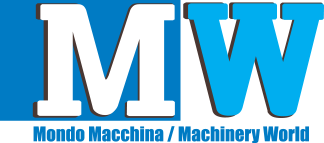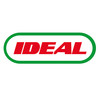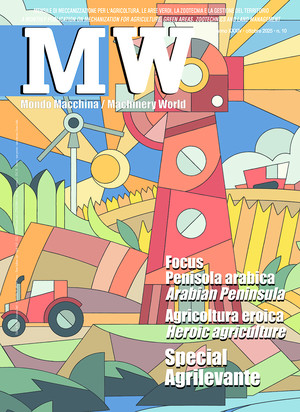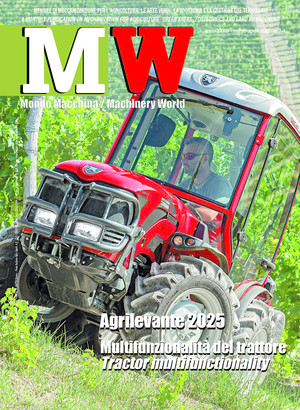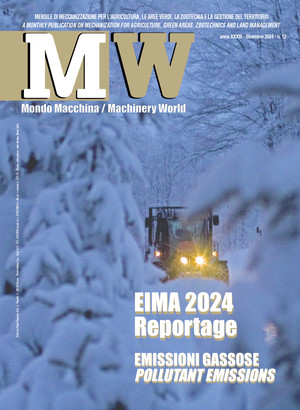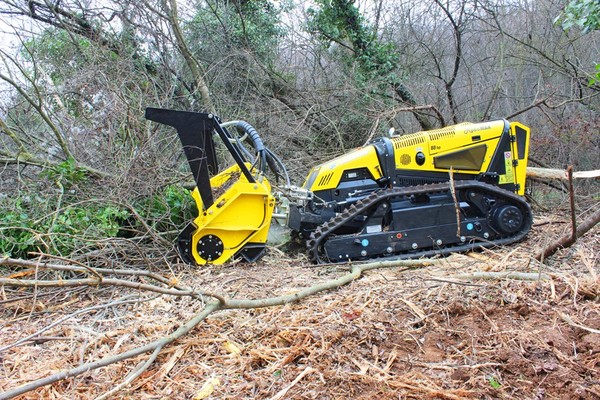
Precision farming: EU guidelines
With the ministerial decree issued last December, the European guidelines on precision farming become operational. What follows is a survey on the range of technologies that contribute to this type of farming which can also be acquired by using RDP funding
The Decree of the Mipaaf no.33671 of 12/22/2017 approved the “guidelines for the development of precision farming in Italy”, whose general objective is to optimize and strengthen agricultural production, and to do so more and more sustainably. Precision Farming (PF) is an integrated system of innovative methodologies and technologies designed to increase plant production and the quality and productivity of farms. PF technologies can be divided into two broad categories: those related to “Assisted/Semi-Automatic Driving”, which allow the machines to precisely identify the routes to be followed and those already covered in such a way as to avoid overlaps and ensure the correctness and greater efficiency of the operation lines regardless of the operator; those related to the “Variable Dosing” of the productive factors, which allow to vary the inputs of the productive factors according to the crop needs and the soil characteristics, determining the efficiency increase of the production factors, with less waste and therefore less pollution, and maximizing yield in any given conditions.
The new frontier of agricultural mechanization consists in implementing interconnected systems, with communication and network connectivity and physical process control functions. The surveying is mainly performed using drones and geoelectric and radiometric sensors, as well as airplanes, satellites and GPS. The monitoring and mapping is then used by operating machines based on variable-rate technology, which are able to manage different portions of the same plot differently. In practice, receiving data based on the remote sensing from a drone, airplane and satellite, these machines are able to understand which treatments to deliver to the different portions of the plot, assisting the human intervention in a very significant way. ISOBUS is the technological infrastructure suitable for the communication and transmission of data and commands between all the parties involved in the agricultural activity, such as the tractor, the accessory equipment that can be associated with it, the operator and the farm. The ISO 11783 standard establishes all the essential requirements for ISOBUS communication, ensuring full compatibility between devices by different manufacturers.
Monitoring technologies such as sensor networks and drones are also rapidly developing in terms of cost-effectiveness, while variable-rate machines are still quite expensive. However, farms can approach precision farming even without buying these machines directly. It is possible to obtain localized information on a certain agricultural plot at a minimal cost, through a consortium and in other cases through service companies equipped with these technologies that operate on behalf of third parties.
In Italy, where it has been spreading throughout the country for some years, precision farming is mainly used in vineyards, hazel groves, cereal crops, tomatoes and rice fields. In recent years, it has been applied to any type of crop, even horticultural and forestry.
The adoption of precision farming techniques can be a useful tool for the early assessment of the occurrence of diseases and pests and to act only in cases where they occur, reducing the costs of pesticides and above all ensuring greater sustainability in environmental terms. The Rural Development Regulation provides contributions for the development of Precision Farming through the regional RDPs, to achieve different and various objectives such as the reduction of the environmental impact of agriculture, the quality and safety of food production, the innovative methods able to combine environmental protection with the maintenance of yields, etc.
The RDPs present information that is explicit and direct regarding Precision Farming. The recent practical demonstration of the operation of PF technologies was highlighted at the EIMA Show in Umbria in July, organized by Federunacoma and UmbriaFiere. Every machine of those seen in action was guided by satellite, computer and sensor systems, and could be integrated with the information obtained from the use of specialized drones. The large audience of operators that participated had a chance to verify the extreme effectiveness of these electronic applications to improve their work in the fields.